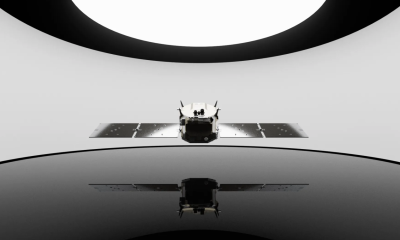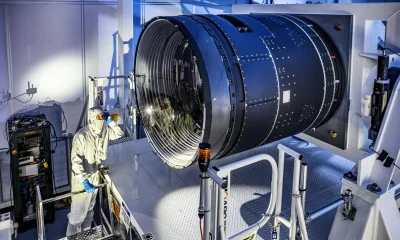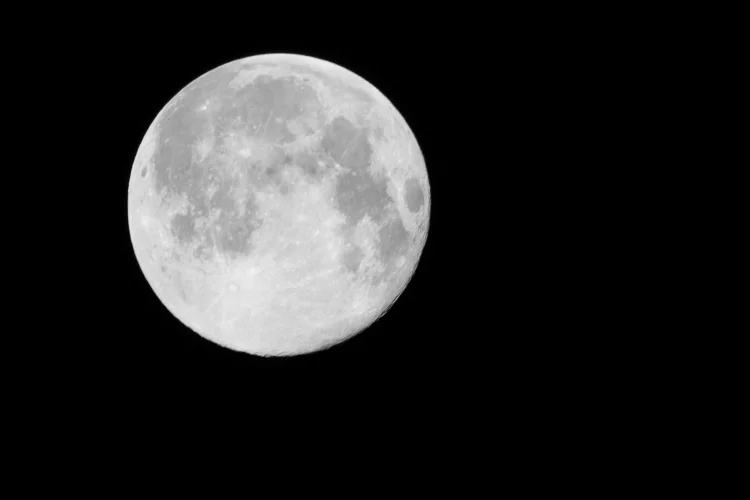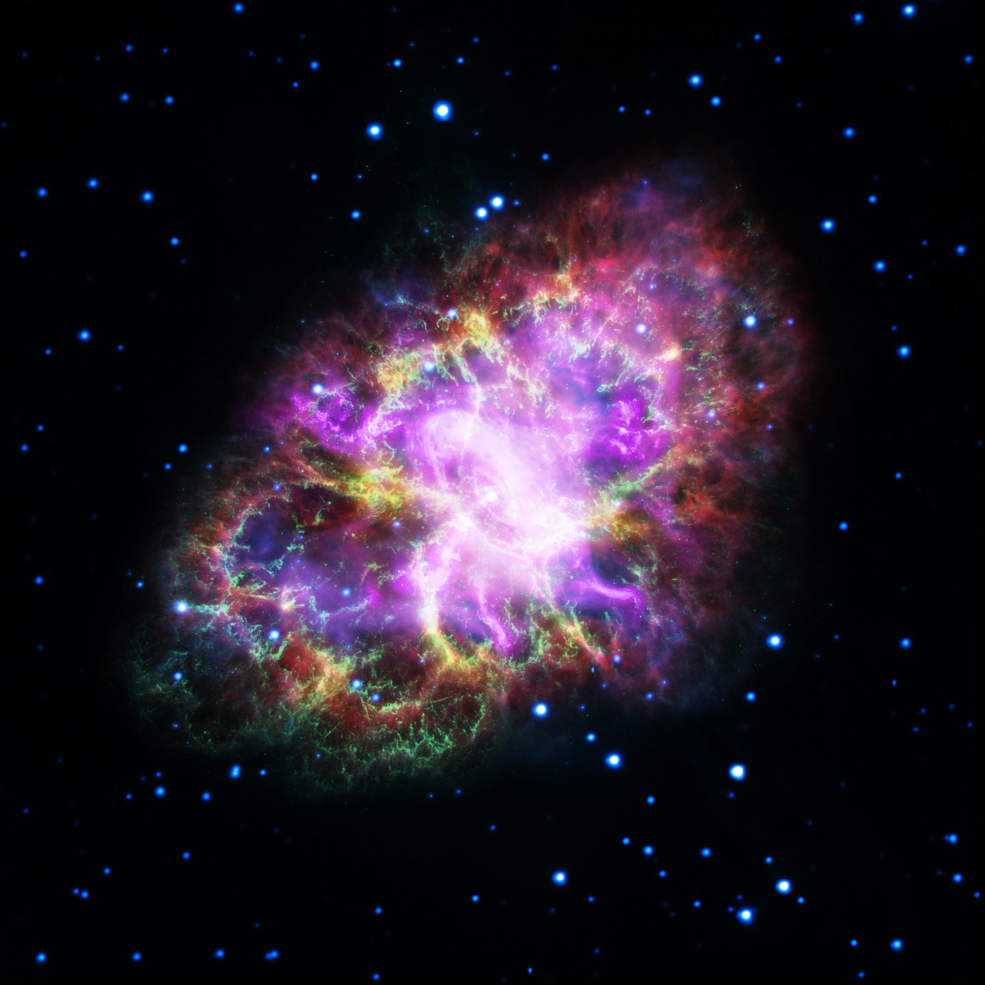Astronomy
The Center of the Universe: here, there and everywhere

For quite a long time, people thought that we were at the center of the Universe. And why wouldn’t they? The Sun, the Moon, even the stars all seem to revolve around our world. There’s a famous anecdote involving the philosopher Kierkegaard and a friend talking about this on one occasion. “Why do people say that it was natural to think that the sun went round the earth rather than that the earth turned on its axis?,” Kierkegaard wondered, to which his friend replied, “I suppose, because it looked as if the Sun went around the Earth.” “And what would it look like if the Earth revolved around the Sun?” the Danish philosopher replied, no doubt rhetorically.
Polish astronomer Copernicus finally “moved” the Earth from the center of the Universe, putting the Sun in its place, however we now know we’re actually on the fringes of a rather unremarkable galaxy, one of the billions that exist in space. We’re probably not at the center, but could we eventually figure out where that is? I mean, if there was a Big Bang, that point from which everything began has to be it, right? Well, not exactly.
In the late 1920s, American astronomer Edwin Hubble figured out that the celestial “smudges” we used to call nebulae were actually other galaxies, located a lot farther away from us than we previously thought. The Universe just got a whole lot bigger! Working with the 100-inch telescope at Mt. Wilson Observatory (the largest such instrument of its day) and using techniques developed by Henrietta Leavitt (one of the great scientific minds of the early 20th century you probably never heard of), Hubble discovered that these galaxies were moving away from us – in fact the farther away they were, the faster they were moving, which suggested that the Universe was expanding (now known as Hubble’s law).
Other scientists then took the next logical step: if you go back in time, the entire Universe must have been an unimaginably small, infinitely dense point, from which everything emerged. This became known as the Big Bang theory. But here’s the thing – the Big Bang wasn’t an explosion in space, it was the expansion of space itself, which means it “happened” everywhere all at once.
There’s an analogy often used to explain this, and it involves a balloon. Take a balloon and draw a few dots on its surface, each representing a galaxy. Now inflate it. You’ll notice that as the balloon expands, all the dots move away from each other (gravity, by the way, keeps the galaxies themselves from expanding). Also, you couldn’t really say any one of those dots is in the center – in a sense, that’s exactly how the geometry of the cosmos works out.
So in a way, there is no center of the Universe. But if you’re a glass half full kind of person, you could also argue that yourself, like any other observer, is in the center. The people of Wallace, Idaho, seem to be that kind of people. On September 25, 2004, the mayor of Wallace proclaimed his city to be the center of the Universe, more precisely a sewer cover in one of the town’s intersections. Scientifically, it’s as valid (or invalid) a location as any.
Astronomy
Orbex’s recent funding could expedite the launch of its Prime microlauncher into space
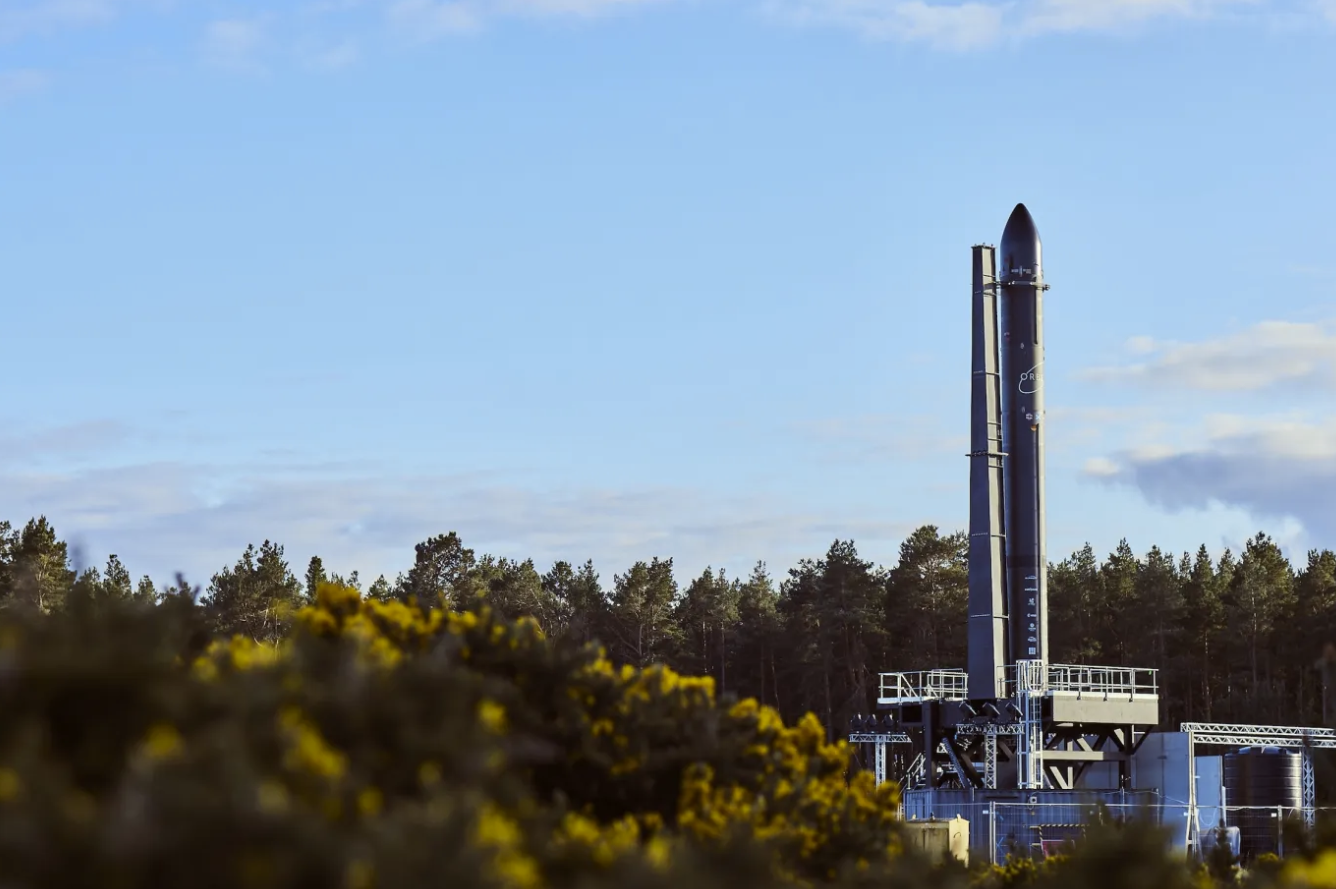
Orbex, a small launch company based in the UK, got more money from backers, including Scotland’s national bank. The company is now getting ready for its first orbital launch, but the date for that mission has not yet been set.
With its start in 2015, Orbex is one of only a few companies in Europe racing to make the next generation of launch vehicles. The retirement of the Ariane 5 and big delays to the Ariane 6 and Vega C rockets have left a huge gap that these companies are trying to fill. Without these vehicles, there is almost no native launch capacity coming out of Europe.
But Orbex also has a chance because of his absence. The company is working on what is sometimes called a “microlauncher.” It is a two-stage vehicle called Prime that is only 19 meters tall and can take up to 180 kilograms of payload. Rocket Lab’s Electron is the most similar. It’s only a meter shorter, but it can take up to 300 kilograms.
The fact that Orbex is small is not a problem for the company. In fact, Orbex CEO Philip Chambers told TechCrunch via email that the company is seeing “positive market conditions” for its product.
“There is a pent-up demand for sovereign launch capabilities,” he said. “We are seeing an exponential growth of satellites being launched into LEO, and demand for launch is far exceeding supply. At the moment, it’s not possible to launch a single kilogram from Europe.” “We will let European customers choose how to launch their own payloads and let them launch European payloads from European soil.”
Prime will take off from a new spaceport being built with money from the UK’s national space agency in Sutherland, which is in northern Scotland. The end goal is to use a patented recovery technique that the company calls REFLIGHT. This is an interstage device that sits between the rocket stages. When the booster comes off, four “petals” will unfold and, along with a parachute, create enough drag for a soft landing in the ocean.
It’s possible that a bigger car will be made in the future, but Chambers made it clear that Prime was the company’s top goal. He did say, though, that many of the rocket’s main technologies could be used with bigger packages.
Considering the laws of physics, it would be logical for Orbex to explore the option of using larger vehicles in order to compete on cost per kg.
The company is starting its Series D round with £16.7 million ($20.7 million) in new funding, including investments from Octopus Ventures, BGF, Heartcore, EIFO, and other contributors. Following the closure of a £40.4 million ($50 million) Series C in October 2022, Orbex has secured additional capital. Although a spokesperson has confirmed that the new funding will assist Orbex in accelerating the development of Prime, ensuring its readiness and scalability for the launch period, the specific launch window has not been announced yet.
Astronomy
The Ingenuity team at NASA has received their last communication, however, the Mars helicopter is still operational
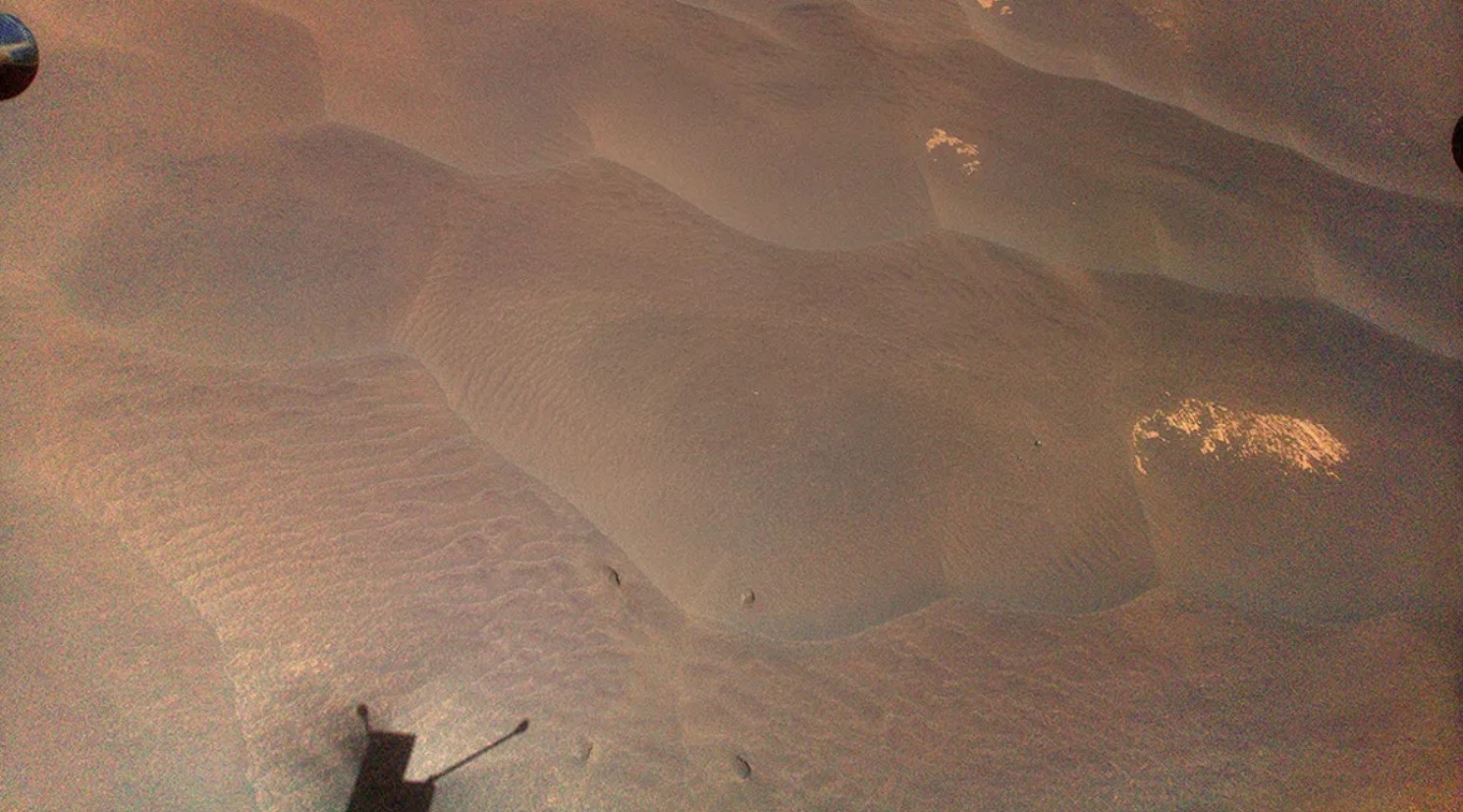
The NASA Ingenuity team said goodbye to the helicopter robot and got one last message before splitting up. But ingenuity isn’t really dead yet; it will still be collecting data on Mars.
It’s a great little robot, and in April 2021, it was the first to fly powered and controlled on a planet other than Earth. That’s not easy to do because conditions on Mars are so different.
“The Red Planet has a much lower gravity—one-third that of Earth’s—and an extremely thin atmosphere with only 1% of Earth’s pressure at the surface,” NASA said in a press release after Ingenuity’s first flight. “This means there are relatively few air molecules with which Ingenuity’s two 4-foot-wide (1.2-meter-wide) rotor blades can interact to achieve flight.”
It was planned for the helicopter, which was really just a prototype, to make five flights over 30 days on Mars. Instead, it made 72 flights over 1,000 days. NASA started to use it to get a bird’s-eye view of Mars and find interesting places for Perseverance to go back and look at more closely.
On the 72nd flight, unfortunately, Ingenuity had to make an emergency landing and lost touch with Perseverance. When they got in touch again, pictures from the helicopter showed that a rotor was badly damaged, so Ingenuity would not be able to fly again.
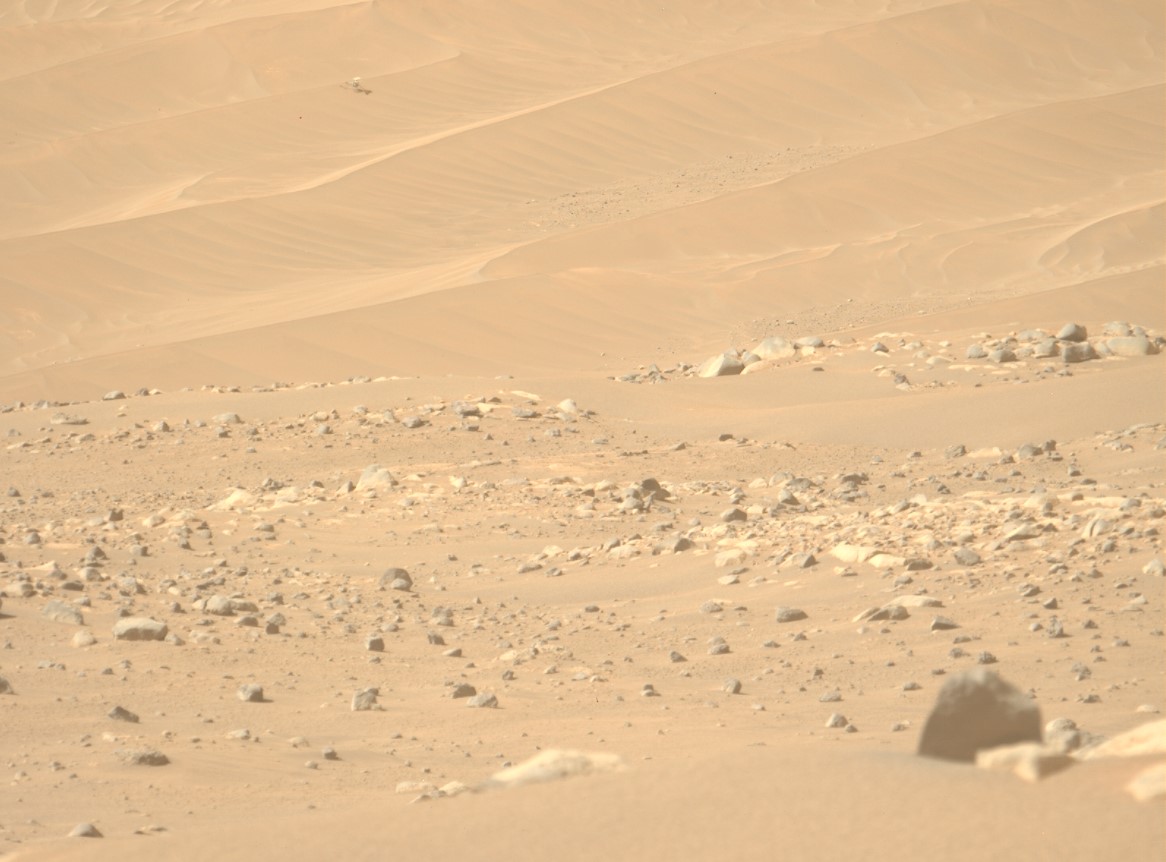
Even though the helicopter can’t fly anymore, it can still gather information and send it to Perseverance. Perseverance then sends the information to Earth through NASA’s Deep Space Network. Before the Ingenuity team broke up, they got one last message from Ingenuity and ate cake to celebrate.
“I’m sorry, Dylan Thomas, but Ingenuity will not be going gently into that good Martian night,” said Josh Anderson, lead of the Ingenuity team at JPL. “It’s hard to believe that she still has something to give after more than 1,000 days on Mars’ surface, 72 flights, and one rough landing.” Because of how hard this amazing team worked, not only did Ingenuity do better than we thought it would, but it may also teach us new things in the years to come.
After stopping in “Valinor Hills” to rest, the robot’s job will be to gather data while it’s still, hopefully learning useful things about the planet’s environment before future missions with people.
Astronomy
Prepare an ample supply of food, water, and fuel in anticipation of the upcoming total solar eclipse
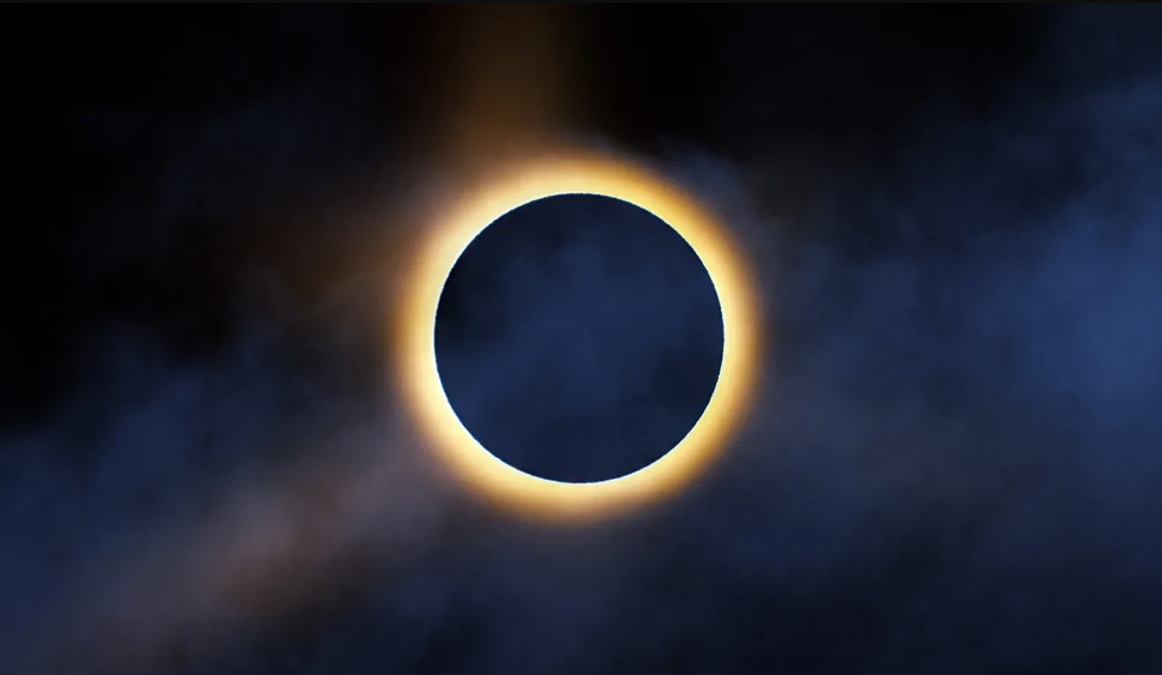
The Lorain County Emergency Management (EMA) in Ohio has advised individuals observing the eclipse and residents within the path of totality to ensure they have an ample supply of food, water, and fuel in preparation for the total eclipse on April 8. This recommendation is due to the anticipated increase in visits to the area.
According to those who saw it, the most recent total solar eclipse across the United States was remarkably impressive. It is challenging to imagine any improvements to the scene by the time Monday arrived after looking at the photographs.
However, if we are fortunate and the weather conditions are favorable, we may see something extraordinary since the eclipse aligns with the period of maximum solar activity, and there is a possibility of observing Baily’s beads.
“During the year 2017, the Sun was approaching a period of solar minimum.” Observers of the complete solar eclipse were able to witness the awe-inspiring corona. However, due to the Sun’s lack of activity, the streamers that extended into the solar atmosphere were limited to only the equatorial regions of the star. NASA states that during solar minimum, the Sun exhibits greater magnetic symmetry, resulting in a simpler look.
“During the 2024 eclipse, the Sun will be in or close to solar maximum, a period characterized by a magnetic field that resembles a complex and chaotic structure, similar to a tangled hairball.” It is probable that streamers will be observable throughout the corona. Furthermore, spectators will have an enhanced opportunity to observe prominences, which manifest as vivid, pink spirals or arcs emanating from the Sun.
The eclipse will be visible throughout the whole stretch of land from Mexico to Canada. The path of totality, where a total solar eclipse is visible, is broader in comparison to 2017. This is because the Moon is in closer proximity to Earth as a result of its position in its orbit. Consequently, a larger number of individuals will have the opportunity to observe the Sun’s corona.
NASA stated that there is a possibility of observing a coronal mass ejection, which is a significant release of solar material, if the timing is fortunate during the eclipse.
However, safety considerations usually arise with eclipses. Following the recent eclipse, there was a notable increase in Google queries pertaining to the consequences of directly gazing at the Sun.
Additionally, there are logistical challenges arising from a significant surge in travelers seeking to witness the celestial phenomenon. As a result, the regions situated along the path of totality are presently making preparations to accommodate this rush. Last month, Lorain County officials issued a warning about the potential consequences of the upcoming eclipse. They cautioned that there may be a surge in traffic, longer wait times for facilities like hospitals and gas stations, and challenges in obtaining food and other essential supplies.
According to USA Today, Dave Freeman, the director of Lorain County EMA, “We may experience an influx of unfamiliar crowds.” “Our current infrastructure lacks the necessary road network to support that.”
“Many of the roads in this area consist of two lanes,” Freeman stated, according to Yahoo News. “Unlike cities such as Chicago and Cleveland, our city does not have a large number of wide roads with multiple lanes. As a result, if we experience larger crowds than anticipated, the traffic situation here could become quite severe.”
The EMA is cautioning that the surge of cell phone use in the vicinity may lead to signal loss when the system becomes overwhelmed. The team advises homeowners to proactively fill their vehicles with gasoline, ensure an ample supply of food, and minimize unnecessary travel throughout the next weekend preceding the eclipse.
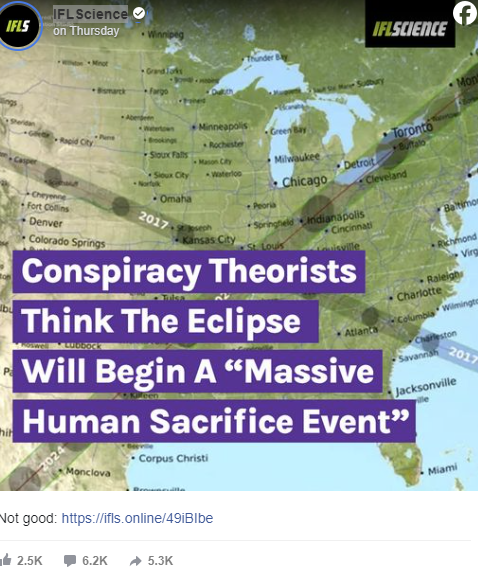
It is crucial that you direct your attention towards the eclipse and derive pleasure from it. However, it is imperative that you take precautions to protect your eyes from harm. To do so, please refer to our informative manual on how to properly observe eclipses. If the weather remains unclouded, you may also utilize this guide on how to capture the approaching eclipse in the most optimal manner.
-

 Gadgets9 years ago
Gadgets9 years agoWhy the Nexus 7 is still a good tablet in 2015
-

 Mobile Devices9 years ago
Mobile Devices9 years agoSamsung Galaxy Note 4 vs Galaxy Note 5: is there room for improvement?
-

 Editorials9 years ago
Editorials9 years agoSamsung Galaxy Note 4 – How bad updates prevent people from enjoying their phones
-

 Mobile Devices9 years ago
Mobile Devices9 years agoNexus 5 2015 and Android M born to be together
-

 Gaming9 years ago
Gaming9 years agoNew Teaser For Five Nights At Freddy’s 4
-

 Mobile Devices9 years ago
Mobile Devices9 years agoGoogle not releasing Android M to Nexus 7
-

 Gadgets9 years ago
Gadgets9 years agoMoto G Android 5.0.2 Lollipop still has a memory leak bug
-

 Mobile Devices9 years ago
Mobile Devices9 years agoNexus 7 2015: Huawei and Google changing the game



